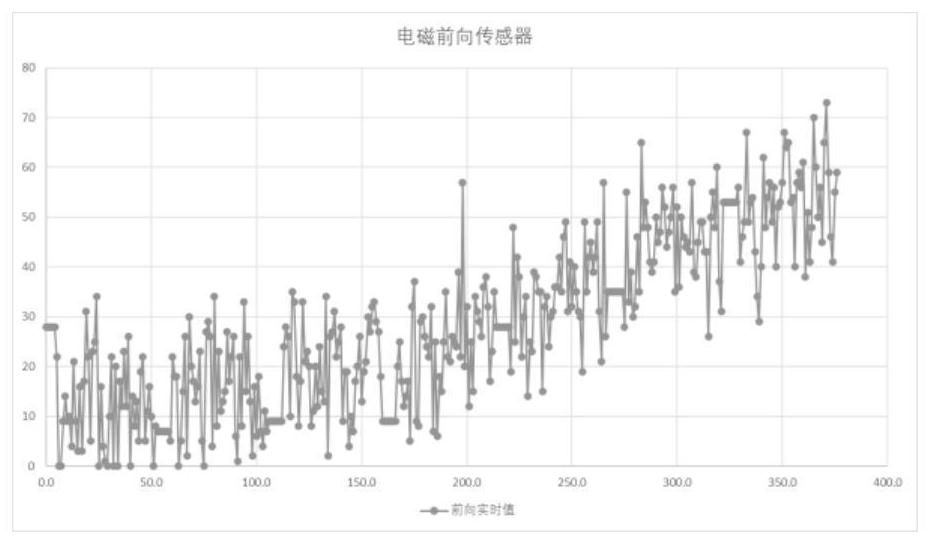Multi-scene smoke detector based on bidirectional blue light detection and self-adaptive identification method
A technology of smoke detector and identification method, which is applied in the direction of fire alarms relying on the effect of smoke/gas, can solve the problems of missed alarms, false alarms, identification, etc., and achieve the effect of improving detection sensitivity
- Summary
- Abstract
- Description
- Claims
- Application Information
AI Technical Summary
Problems solved by technology
Method used
Image
Examples
Embodiment 1
[0044] Such as figure 1 As shown, the multi-scene smoke detector adaptive recognition method based on two-way blue light detection of the present invention includes the following steps:
[0045] S1: The fire detector converts the detected aerosol concentration into an electrical signal;
[0046] S2: The voltage signal is amplified, filtered and A / D converted through the signal processing circuit;
[0047] S3: The digital signal obtained by A / D conversion is analyzed in the microprocessor to realize signal feature extraction, analysis and recognition, and finally judge the scene and judge whether an alarm is required;
[0048] S4: By processing the data collected by the microprocessor, output feature maps of different scenes.
[0049] Preferably, in S1, two blue light emitting tubes placed at different positions in the detector are used to emit light, and when the light encounters the aerosol, it scatters to the receiving tube, and the receiving tube converts the light signal...
Embodiment 2
[0073] At present, the smoke detectors in the fire alarm system industry are generally of the one-way infrared type. This kind of detector cannot classify the smoke, that is, black smoke and white smoke, which makes it extremely sensitive to white smoke and insensitive to black smoke, resulting in black smoke. The smoke response is relatively slow. This kind of detector sets the threshold to low false alarm for white smoke. If the sensitivity is increased, the response to black smoke will be very slow, and the early alarm function will be lost. To improve the sensitivity of black smoke, set the threshold to If it is low, it is easy to generate false positives and cause losses to the society. It is also impossible to distinguish dust, water vapor, and electromagnetics, and then false alarms occur, causing social losses.
[0074] In the automatic fire alarm system, the present invention solves the technical problem that the general smoke detector cannot identify black and white ...
PUM
 Login to View More
Login to View More Abstract
Description
Claims
Application Information
 Login to View More
Login to View More - R&D
- Intellectual Property
- Life Sciences
- Materials
- Tech Scout
- Unparalleled Data Quality
- Higher Quality Content
- 60% Fewer Hallucinations
Browse by: Latest US Patents, China's latest patents, Technical Efficacy Thesaurus, Application Domain, Technology Topic, Popular Technical Reports.
© 2025 PatSnap. All rights reserved.Legal|Privacy policy|Modern Slavery Act Transparency Statement|Sitemap|About US| Contact US: help@patsnap.com



